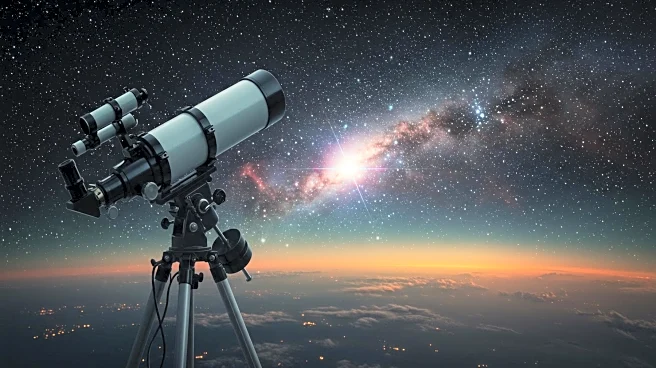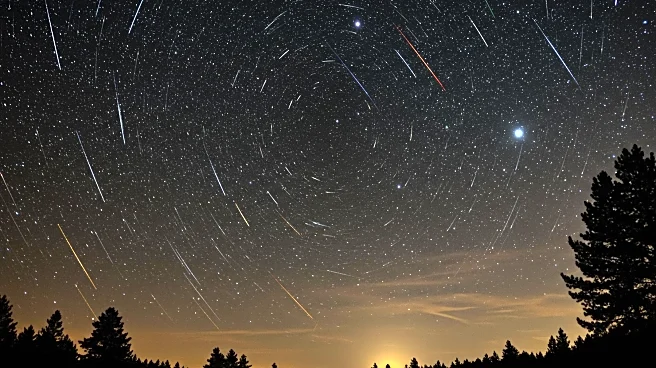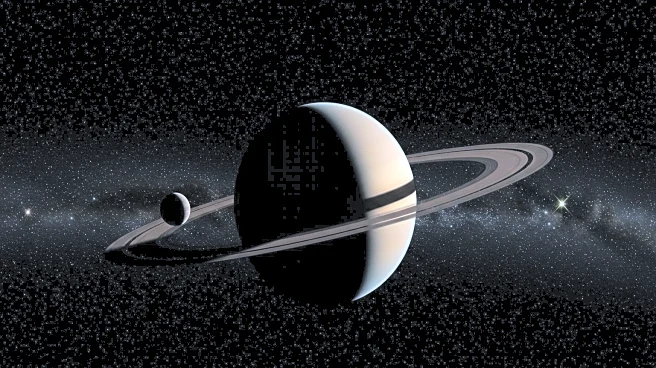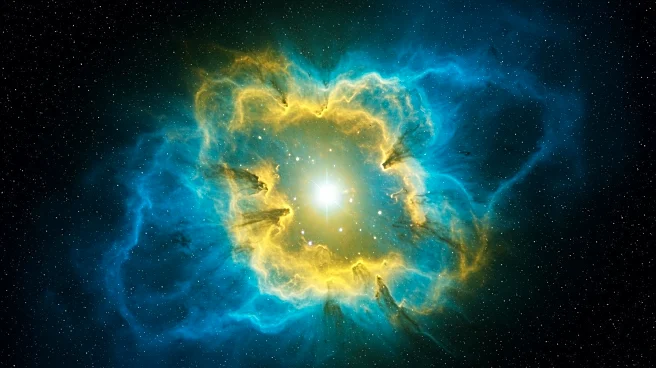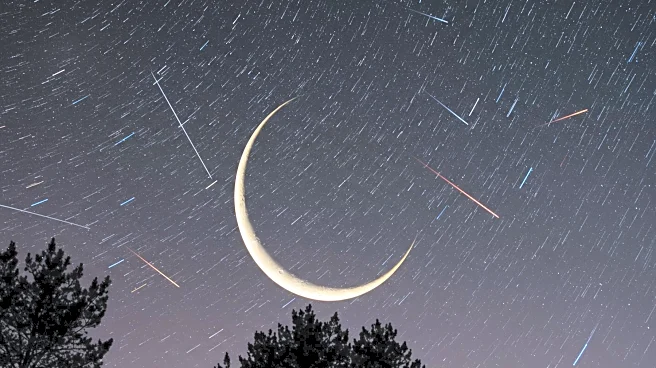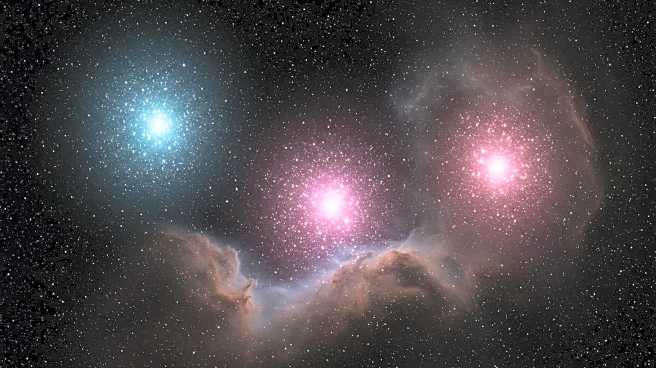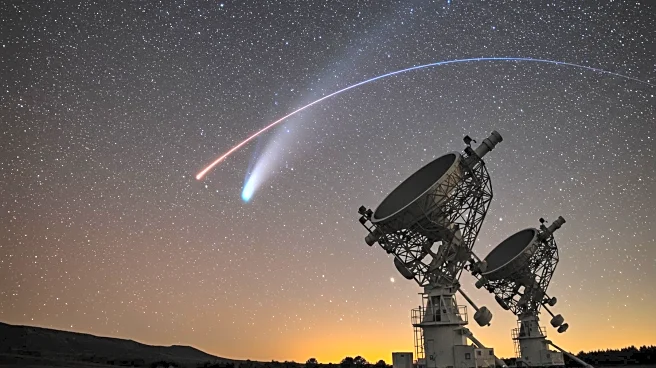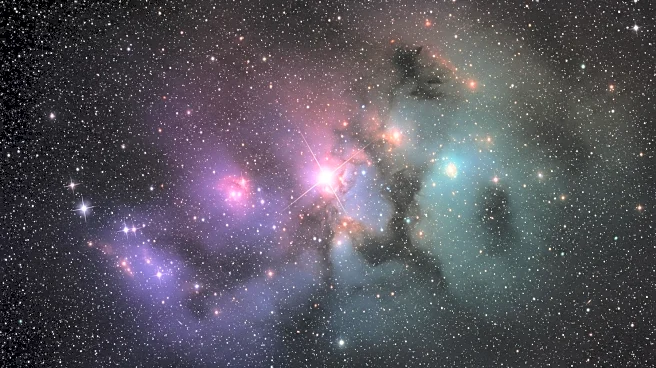What is the story about?
What's Happening?
Mercury, the smallest planet in the solar system, will be visible at its greatest elongation from the sun on August 19. This astronomical event occurs twice every 116 days, allowing observers on Earth to see Mercury at its farthest point from the sun. During this period, the sun's glare is minimized, making Mercury easier to spot in the sky. The upcoming event is a greatest western elongation, meaning Mercury will be most visible in the morning just before sunrise. This phenomenon happens six or seven times a year due to Mercury's close orbit to the sun, which allows it to complete an orbit more frequently than other planets like Venus.
Why It's Important?
The greatest elongation of Mercury provides a rare opportunity for amateur astronomers and stargazers to observe the planet without the interference of the sun's glare. This event is significant for educational purposes, as it allows individuals to learn more about planetary movements and celestial mechanics. Additionally, it highlights the dynamic nature of our solar system and encourages public interest in astronomy. Observing such events can inspire curiosity and a deeper understanding of the universe, potentially influencing future scientific pursuits and studies.
What's Next?
Following the greatest western elongation on August 19, Mercury will reach its greatest eastern elongation on October 29, when it will be most visible in the evening just after sunset. Stargazers and astronomy enthusiasts can prepare for this next event by planning observation sessions and using appropriate equipment to safely view Mercury. Educational institutions and astronomy clubs may organize events to engage the public and provide guidance on how to observe Mercury during these elongations.
Beyond the Headlines
The frequent occurrence of Mercury's greatest elongations compared to other planets like Venus underscores the unique orbital characteristics of Mercury. Its proximity to the sun results in a shorter orbital period, allowing for more frequent elongations. This aspect of Mercury's orbit can serve as a point of interest for those studying planetary science and the dynamics of celestial bodies within our solar system.
AI Generated Content
Do you find this article useful?



